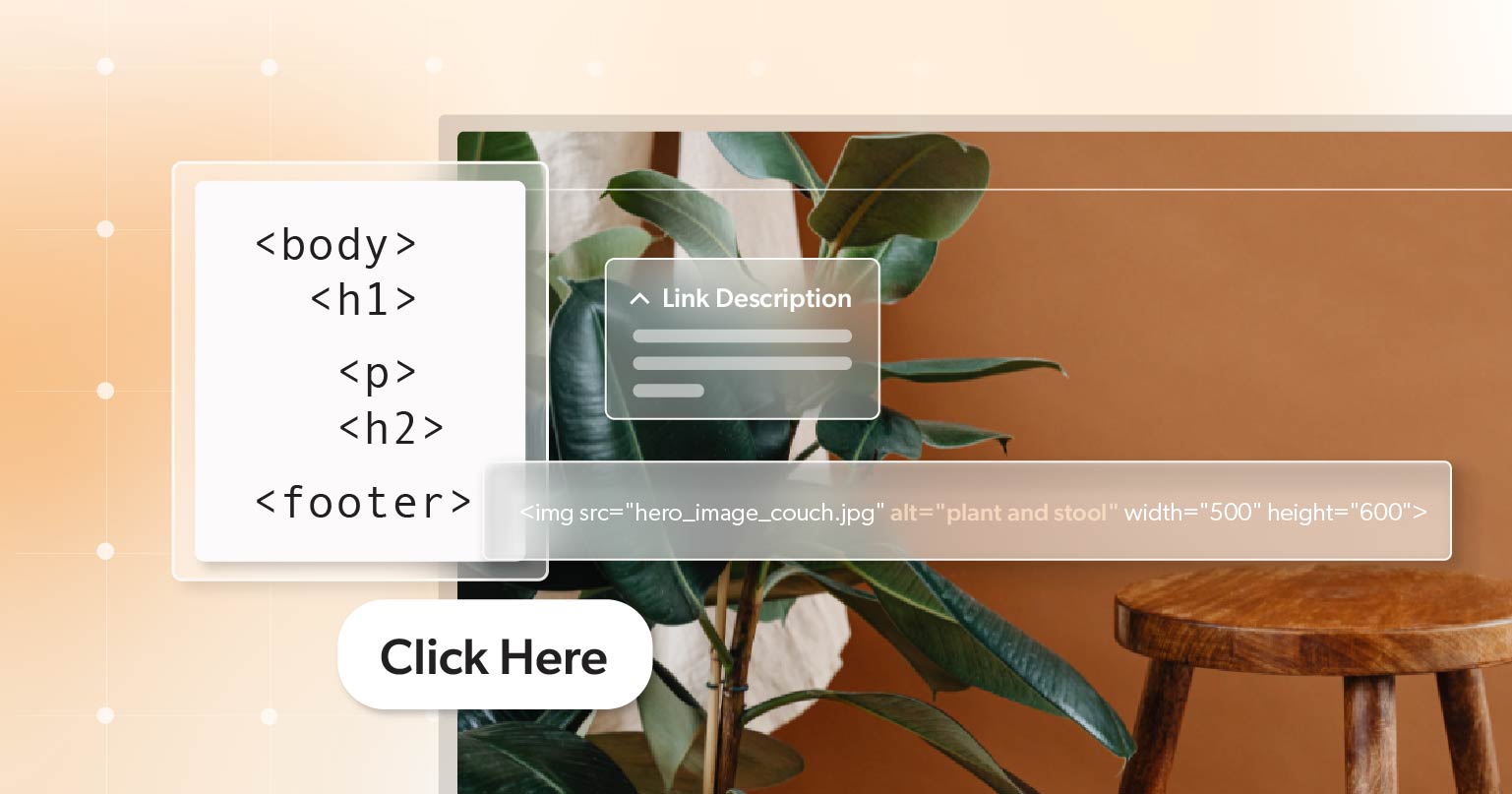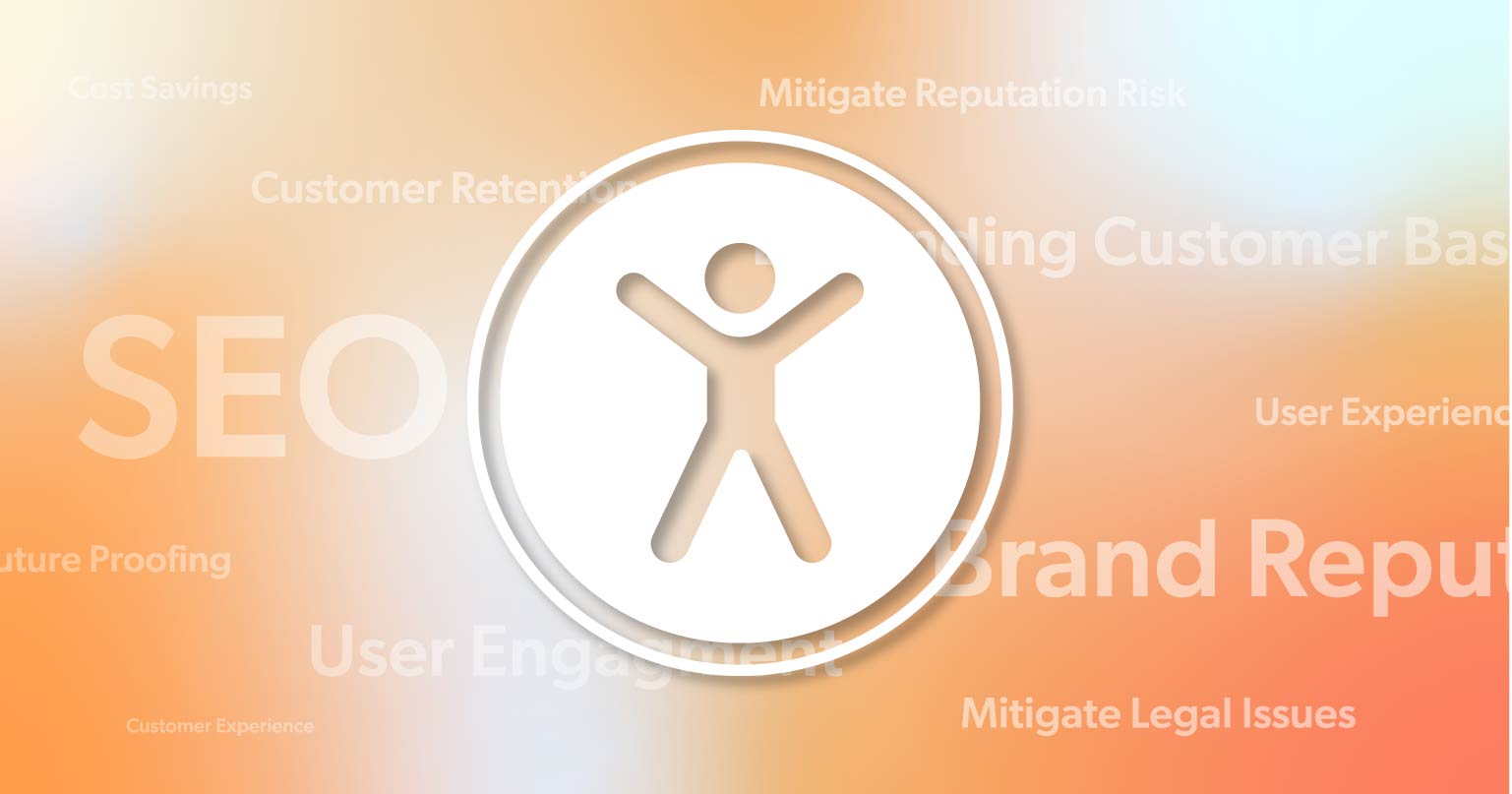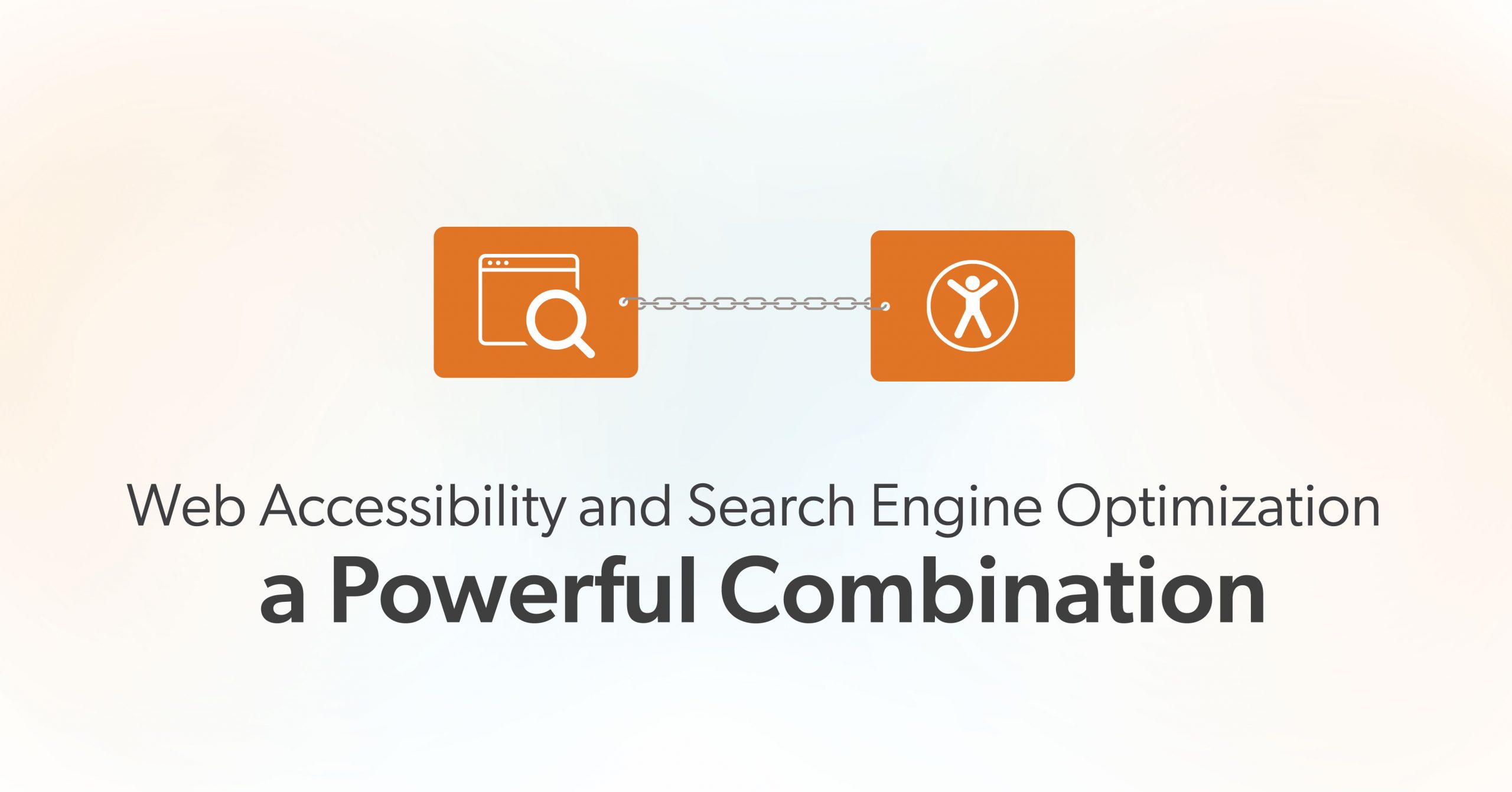You’ve probably asked your phone a question today without thinking twice. Maybe it was Siri checking the weather or Alexa queuing up your favorite playlist. That’s voice search doing its thing—and it’s woven into how we interact with the digital world now.
But here’s something you might not realize: the same structure that helps your site show up in voice search also makes it more accessible to people who use screen readers and other assistive tools. When we talk about building for voice technology, we’re also talking about building for inclusion.
Let’s dig into how these two ideas go hand in hand—and why getting your structure right is the secret sauce.
Getting on the Same Page: What Are Voice Search and Accessibility?
Voice search means using your voice to ask a device a question or give it a command. You might say, “What’s the weather like today?” or “Find gluten-free pizza near me.” Then Siri, Google Assistant, or Alexa takes your words, figures out what you meant, and pulls up the best answer.
Behind the scenes, voice search uses natural language processing (NLP) and smart algorithms to understand what you’re saying—even if you don’t use perfect grammar. It’s fast, hands-free, and often easier than typing—especially on small screens.
What Do We Mean by Accessibility?
Web accessibility means making websites usable for everyone—including people with visual, hearing, motor, or cognitive disabilities. That might mean someone uses a keyboard instead of a mouse or listens to a screen reader read out loud what’s on a page.
When we design for accessibility, we’re saying, “Hey, your ability shouldn’t limit your access to information.”
Where These Two Worlds Meet
Here’s the interesting part: the same choices that make your website accessible also help it work better for voice search. If your website is easy to read and well-organized, it’s easier for a voice assistant to grab your content and turn it into an answer. That’s the beauty of thoughtful design—it works for everyone.
Why Semantic Structure Is the Secret Ingredient
What Is Semantic Structure, and Why Should You Care?
Semantic HTML uses tags like <header>, <article>, and <nav> to describe what parts of your content mean—not just how they look. So, instead of using a <div> for everything, semantic structure helps define sections of your page in a meaningful way.
Why does this matter? Because both screen readers and voice search tools rely on that structure to understand your content. It’s like giving your website a roadmap.
Helping Screen Readers Do Their Job
When a person who is blind visits your site, they may use a screen reader to “hear” your content. Semantic HTML tells that screen reader, “Hey, this is a menu,” or “This is a headline.” Without that structure, the screen reader just sees a mess of code—and the user gets lost.
Boosting Your Content’s Voice Search Visibility
Search engines also use your page’s structure to figure out what it’s about. If your content is organized clearly, Google is more likely to surface it as a top answer when someone uses voice search. That means you’re helping users—and helping your business.
Making Your Website Voice-Friendly and Accessible
Use Clear, Logical Headings
Good headings help everyone navigate your content, whether they’re reading or listening. Think of your headers like signs on a hiking trail—they guide people through your information. A proper heading structure also makes it easier for voice search to understand what your content covers.
Let your headings follow a natural outline: start with <h1> for your main title, then <h2>, <h3>, and so on. This creates a roadmap that screen readers and voice assistants can follow with ease. No guessing. No confusion. Just clear, easy-to-scan information.
Don’t Skip the Alt Text
The alt text describes what’s in an image. This helps people who use screen readers, but it also helps search engines—and, by extension, voice assistants—figure out what your images are about. Well-written alt text is a win-win.
Think of it as giving your images a voice—so they’re not just seen but understood.
Make Navigation Intuitive
Menus should be simple, predictable, and keyboard-friendly. If someone can use a keyboard or screen reader to get around your site easily, it’s more likely that voice tech can too. Clear navigation helps everyone find what they need—faster.
Avoid clever layouts that might look nice visually but confuse assistive tools. Stick with patterns that are familiar and functional.
Mobile-First Means Voice-Ready
More people use voice search on mobile than on desktops. So if your site doesn’t work well on mobile, you’re missing out. Make sure buttons are easy to tap, content fits the screen, and nothing requires a mouse to work.
Voice users often multitask—cooking, driving, and walking the dog. If your mobile layout stumbles, so does your voice experience.
Speed Isn’t Optional
Slow sites hurt everyone—especially those using screen readers or voice assistants who expect fast answers. A quick-loading page means users get what they need without waiting, and voice search can grab your content more efficiently.
And let’s face it—no one likes waiting for a spinning wheel to load, whether you’re typing, tapping, or talking.
Content Tips That Work for Everyone—Humans and Machines
Write the Way People Talk
People don’t speak the same way they write essays. So, if you want to show up in voice search, write like you’re having a conversation. Use simple words. Short sentences. Ask and answer common questions the way real people would say them out loud.
Answer Questions Up Front
Most voice search queries are questions. So structure your content to answer those questions clearly, right at the top. Think of how someone might ask: “How do I bake a potato?” Then make sure your content responds directly: “To bake a potato, preheat your oven to 400°F…”
It’s not just helpful—it’s exactly what voice assistants are scanning for.
Use Schema Markup to Give Extra Context
Schema markup is a special kind of code that gives search engines more information about your content—whether it’s a recipe, an event, or a FAQ. Adding schema helps your chances of being chosen for a voice search response.
It’s like giving search engines a detailed map of your page—and better maps mean better directions for your users.
How to Make Your Website More Accessible (And Keep It That Way)
Start with the Guidelines
The Web Content Accessibility Guidelines (WCAG) are the gold standard for accessible web design. They cover everything from contrast ratios to keyboard navigation. Learn them. Use them. Live by them.
Run an Accessibility Audit
Even the best teams miss things. That’s why regular audits matter. Use free tools like WAVE by WebAIM or Google Lighthouse to find common issues. Or better yet, partner with a team like 216digital to run a full audit and get expert help fixing what matters most.
Train Your Team
Accessibility isn’t just the dev team’s job. Everyone who touches your website—designers, developers, writers—should know basic accessibility best practices. Make it part of your process, not an afterthought.
Keep Learning and Adapting
The internet changes. So do the rules. Stay updated on WCAG changes, and keep checking your site to make sure it stays compliant and user-friendly.
Monitor Accessibility Over Time
Tools like 216digital’s a11y.Radar helps you stay ahead of problems. Ongoing monitoring means fewer surprises, better user experiences, and less risk.
Hey Siri, Let’s Wrap This Up
At the end of the day, building an accessible website makes it easier for everyone to use—including people talking to their phones. Voice search and accessibility rely on the same thing: clear structure, thoughtful design, and content that makes sense to both people and machines.
Whether you’re a developer, designer, marketer, or writer, now’s the time to build with both in mind. Because the future of the web isn’t just visual—it’s vocal.
Ready to make your website more accessible, voice-search friendly, and future-ready?
216digital can help you every step of the way—from accessibility audits and developer training to ongoing monitoring with our a11y.Radar service. Contact us today to start building a more inclusive digital experience.








